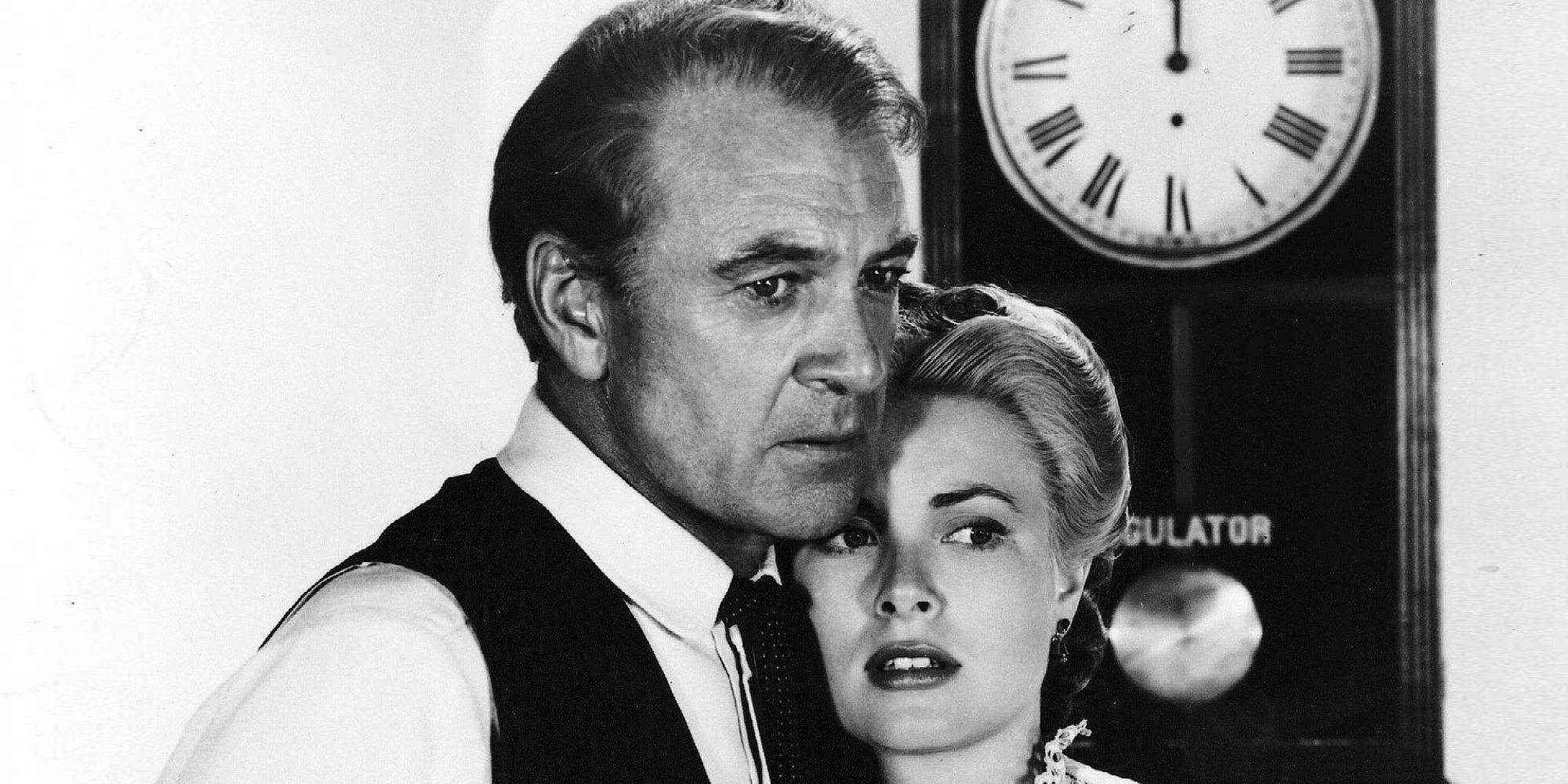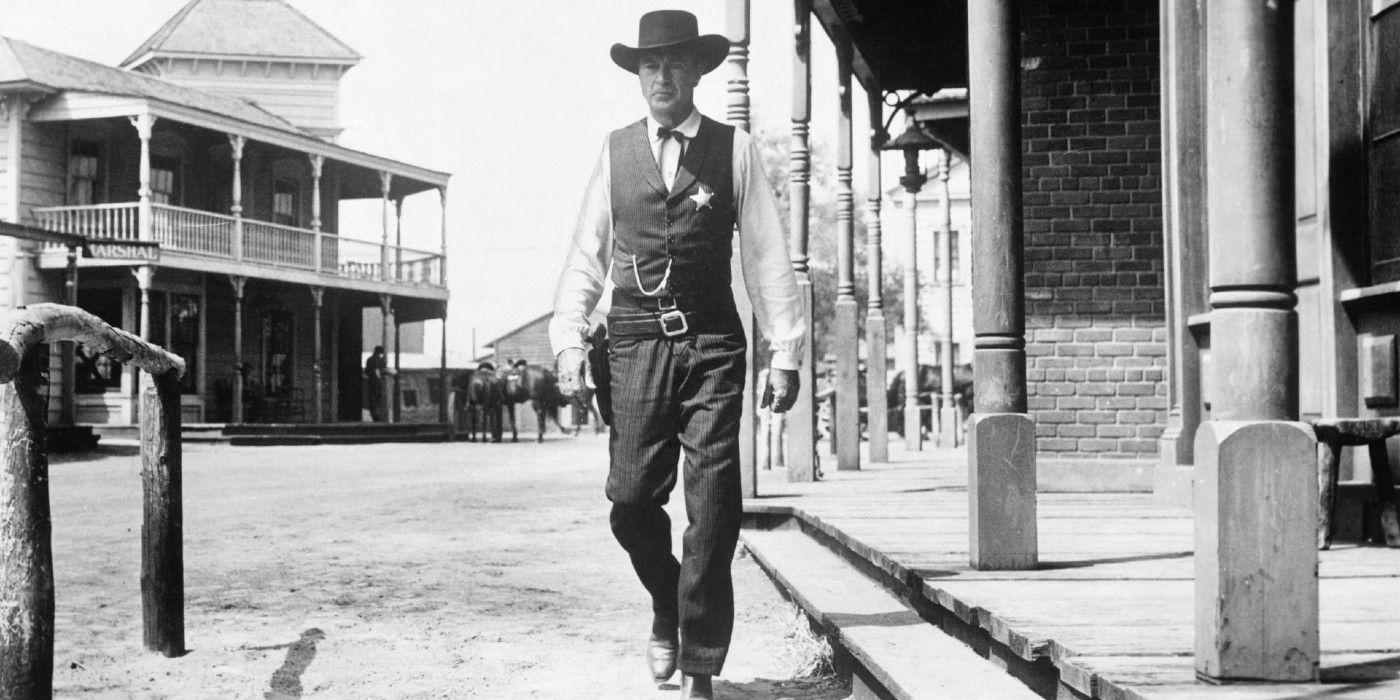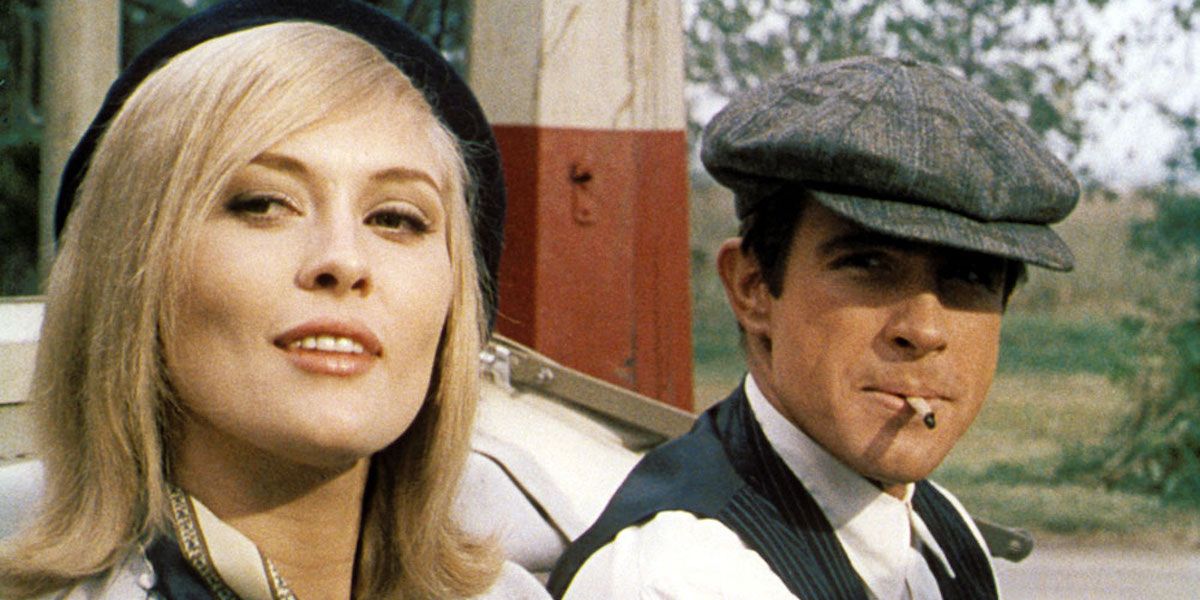
[ad_1]
Note: this piece is an incredibly abridged version of historical events pertaining to the Hollywood blacklist. For more detailed accounts of these events and the people they impacted, please check out books like The Hollywood Motion Picture Blacklist: Seventy-Five Years Later by Larry Seplair.
Though it’s often thought of as a place that produces whimsical entertainment, a dream machine, Hollywood isn’t and has never been an idyllic paradise. The perception of it in global pop culture is one thing, but the realities of the American film business are something else entirely. You can point to countless historical events, ranging from the 1910s to this year, that pinpoints deep problems in Hollywood. But one event from the 1950s not only signals the darkness defining so much of the American film industry, but also the country’s government. Decades after it was terminated, the ripple effects of the Hollywood blacklist are still being felt to this day.
What Is the Hollywood Blacklist?
The Hollywood blacklist was designed to keep out people in the entertainment industry who were either Communists or believed to be sympathizing with this cause. The existence of this list can be tied to the House Committee on Un-American Activities (HUAC), an organization dating back to 1918. Conceptually meant to stop the spread of fascism in the United States, its power and reach had grown extremely worrisome by the 1940s. This was made apparent when it began summoning individuals from Hollywood out of concern of major motion pictures being works that were meant to be pro-Communism. It was a perception that mirrored hysteria in the 1920s and early 1930s that Hollywood movies were so lacking in moral decency that they needed to be reined in with severe restrictions (hence the creation of the Hays Code).
The first major Hollywood figures to be called before HUAC about their ties to Communism were ten major artists in the American film industry. These people, which consisted of Alvah Bessie, Herbert Biberman, Lester Cole, Edward Dmytryk, Ring Lardner, Jr., John Howard Lawson, Albert Maltz, Sam Ornitz, Robert Adrian Scott, and Dalton Trumbo, all refused to speak about their affiliation to the Communist Party. Deemed to be in contempt of court, they were all given a brief prison sentence. After they were released to the public, the ten artists were all blacklisted from Hollywood, being the first of countless individuals who would be barred from the film industry due to the actions of HUAC.
The emerging anti-Communist sentiment and government perception of Hollywood being riddled with members of this political affiliation spurred major figures in the film industry to spring into action to declare their loyalty to America. The then-head of the MPAA, Eric Johnston, derided Communists and sang the praises of American capitalism in a radio interview. while the Screen Actors Guild did all it could to emphasize it didn’t want Communists in its organization. The actions of HUAC were all being normalized as the Cold War began to grow ever more precedent. Any impact on individual Americans was dismissed as irrelevant in the face of fighting back against the threat of Russia, which was apparently nestled within the American film industry.
Some Major Hollywood Figures Attempted HUAC Protests
There was an attempt by some major Hollywood figures to protest HUAC and its actions in the form of the Committee for the First Amendment. Containing the likes of Humphrey Bogart and Judy Garland, the group’s stated goal was not in supporting Communism, but rather to support people harmlessly expressing their beliefs without facing employment repercussions. The group didn’t last long, though, and all the hostile sentiment surrounding the group caused many of its members to leave.
The fact that support from the film industry didn’t last long speaks to a larger problem that helped the Hollywood Blacklist flourish. Many of the most powerful people in the land of “Liberal Hollywood” were all too happy to cooperate with HUAC since they too despised Communism. Walt Disney, for instance, a titan in the film industry, gladly testified before Congress about his hatred for Communism while also naming employees he believed subscribed to the ideology. Before his inhumane acts towards the LGBTQIA+ community as U.S. President, Ronald Reagan, then-head of the Screen Actor’s Guild, also named names, though in his case it was to the FBI, of potential Communists in Hollywood.
Hesitancy to Speak Out Remains in Hollywood
Much like how Hollywood initially refused to condemn Nazis (per the Mark Harris book “Five Came Back: A Story of Hollywood and the Second World War”) or even today how Disney CEO Bob Chapek dragged his feet in condemning homophobic legislation, American movie studios are always hesitant to speak out against dehumanizing government behavior. To do so would potentially disrupt their bottom line and alienate moviegoers, so these companies largely sit on the sidelines until it’s marketable to do anything in the face of human rights violations. The more things change, the more they stay the same. This enduring truism about the American film industry and its most powerful players ensured that there were severely fewer obstacles to stop HUAC and the Hollywood Blacklist.
The ripple effects of the Hollywood Blacklist were just getting started as the 1950s began, especially once one of the members of the Hollywood Ten, Edward Dmytryk, came groveling to HUAC by admitting he was a former Communist and offered to name Communists in Hollywood in exchange for a shortened prison sentence. There was no loyalty in the film industry, even by those in the group that was being targeted by American institutions.
By 1951, HUAC continued its investigation of leftist activity in Hollywood kicking off the Investigation of Communism in the Entertainment Field. Countless high-profile individuals in the entertainment industry were called forward to be put on trial for their alleged Communist ties. Some, like Sterling Hayden or Will Greer, stood up against the question of HUAC, but many others kowtowed to the organization out of fear of losing their standing in the film industry. With the U.S. government and major American film industry organizations condemning leftist sentiment, most Hollywood figures felt trapped. There was nowhere to turn, with many taking a cue from Dmytryk and selling out former collaborators to ensure their freedom.
Throughout 1951, more and more people came to testify in front of HUAC, putting more and more individuals in Hollywood on the blacklist. With these blacklisted individuals now facing insurmountable obstacles to gaining employment, they had to get creative if they wanted to work in the film industry. A particularly notable instance of this creativity was blacklisted screenwriters penning new scripts under pseudonyms. Dalton Trumbo was an especially notable example of this trend, with this screenwriter even winning an Academy Award for his script for The Brave One under the name Robert Rich. Other blacklisted artists turned to filmmaking opportunities in foreign countries, where it would be much easier to secure work far away from the clutches of HUAC.
The FBI Got Involved
The reach of the Hollywood Blacklist inevitably included J. Edgar Hoover and the resources of the FBI. The influence of Hoover and his cronies further stifled dissent against the actions of HUAC, but that didn’t mean that Hollywood movies weren’t confronting the world molded by the Hollywood Blacklist. Several 1950s films confronted these horrors allegorically, but perhaps none did it so memorable as High Noon, which vividly captured what it was like for one person to stand up to evil even as everyone else is worried about ever questioning those evil forces. High Noon’s association with confronting the Hollywood blacklist proved so famous that it’s even been defined as the likely culprit behind why it lost Best Picture at the Academy Awards to The Greatest Show on Earth.
Several factors finally broke down the Hollywood Blacklist by the end of the 1950s, but a key one came from John Henry Faulk. A radio personality that had been blacklisted in the mid-1950s, he sued AWARE (a publication dedicated to ratting out Communists and Communist sympathizers) for libel and slander. A key detail here was that Faulk maintained that AWARE had ruined his reputation not out of patriotic loyalty, but because of ulterior means related to gaining more influence in the world of broadcast. Faulk won the lawsuit, scoring a $3.5 million settlement, and established a precedent for blacklisted artists to fight back against the damages done to their reputation.
President Truman Called HUAC’s Behavior Un-American
The perception of HUAC and its activities in rooting out Communism became so unpopular by the final months of the 1950s that even President Harry S. Truman publicly declared contempt for their behavior and even described them as un-American. Combining that with the news that Universal would allow Dalton Trumbo to be publicly credited for his screenwriting on Exodus and it was clear that the days were numbered for the Hollywood blacklist. It didn’t hurt that the 1960s were around the corner and with it would come a renewed interest in social justice issues from the public. This would only help make the subversive artists targeted by the blacklist even more relevant to general moviegoers. The kind of challenging art that the U.S. government had tried to stifle was now, as evidenced by movies like Bonnie & Clyde, just what audiences wanted to see.
Just because the Hollywood blacklist was no longer a momentous force by the 1960s, though, doesn’t mean its impact on human beings isn’t still being felt well into the present. For one thing, countless individuals from various walks of life committed suicide rather than deal with the challenges of existing on the blacklist. For another, many individuals who helped normalize the demonization of supposedly “leftist” Hollywood artists, like Reagan, would only gain more power in the years to come. They may not be working with HUAC anymore, but their initiatives to stifle dissent and any questioning of American life would remain the same.
The anti-leftist sentiment born out of the Cold War and entities like the Hollywood blacklist continues to this day in America. Just as toxic is that it’s difficult for current generations to grapple with the horrors of this era due to terminology associated with this section of American history (namely McCarthyism) often being co-opted by political figures who are actually more akin to members of HUAC than John Henry Faulk. This skewed vision of the past corrupts our ability to process the post-World War II horrors that suffocated creativity, eliminated countless artists, and changed Hollywood forever.
[ad_2]
Source link





